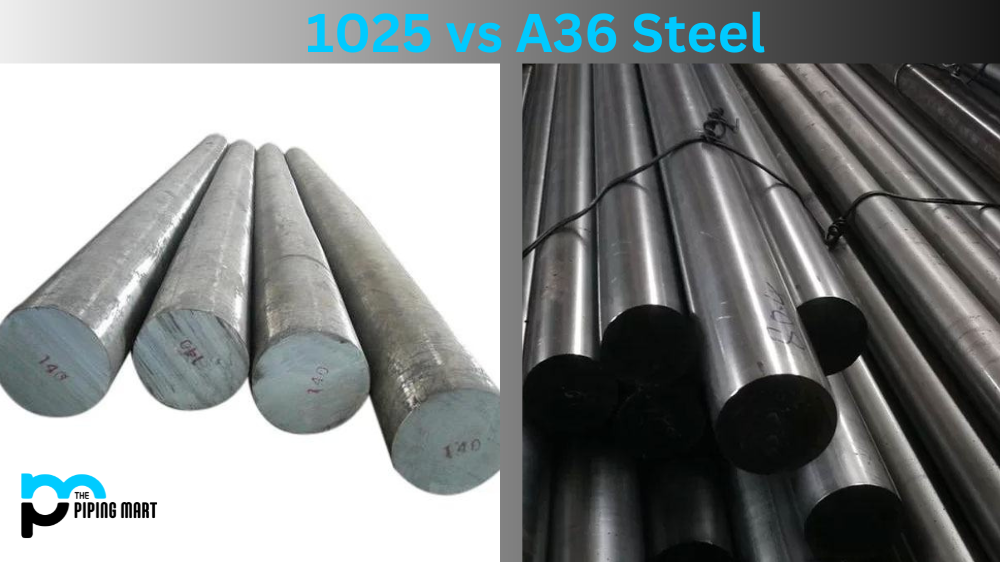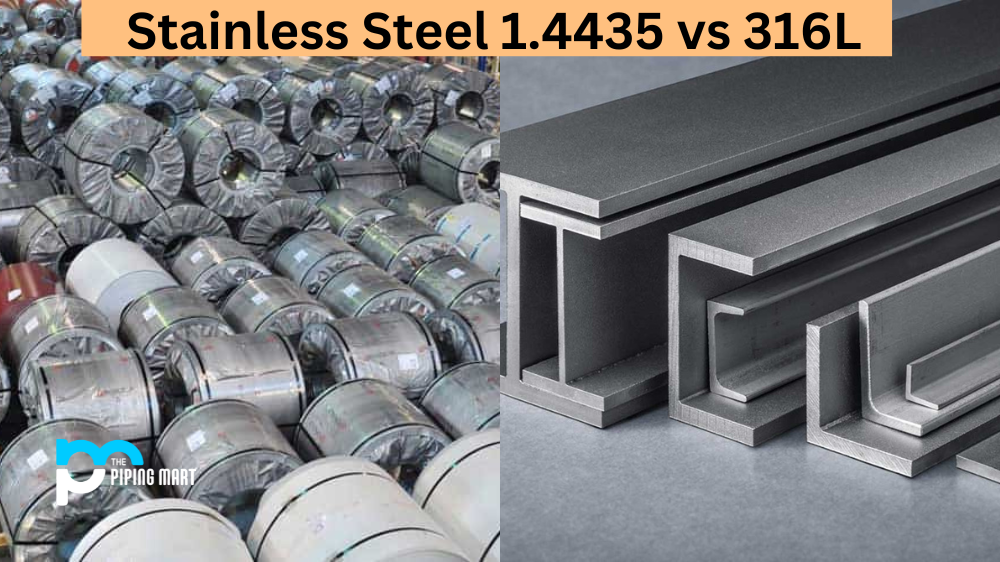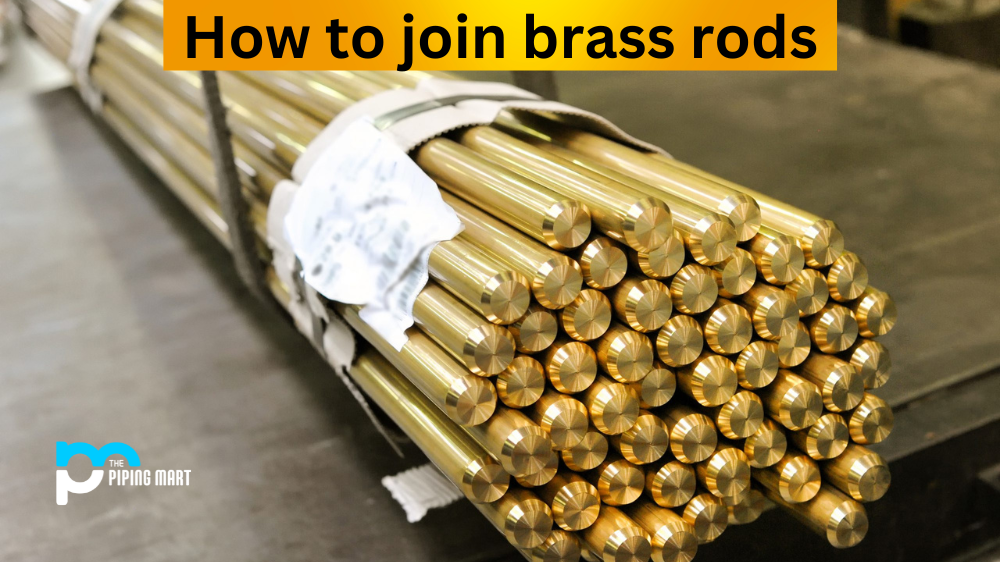If you’re looking for a metal that is both tough and malleable, you may have come across 4140 and 4130 steel. While the two are similar in their properties, some key differences can help you decide which one is best for your needs. Let’s break down the similarities and differences between these two metals.
4140 Steel
4140 steel is a Chromium-Molybdenum alloy with an excellent strength-to-weight ratio. It offers great durability and resistance to wear, making it a popular choice for automotive parts such as axles, shafts, gears, spindles, and more. It also has good weldability properties and can be heat treated to increase its hardness or toughness.
4130 Steel
4130 steel is also known as Chromoly steel and features high levels of chromium and molybdenum, which make it extremely malleable yet durable. It offers good weldability with low carbon content, which makes it easier to machine than other alloys. It also has higher tensile strength than regular mild steel but still allows for easy forming, which makes it popular for applications such as welding tubing or aircraft components. As an added bonus, 4130 steel boasts superior corrosion resistance due to its high levels of chromium and molybdenum content.
Difference Between 4140 Steel and 4130
The main similarity between 4140 and 4130 is that they are both Chromium-Molybdenum alloys with great strength-to-weight ratios. Both offer good ductility, weldability, machinability, and formability properties, making them suitable for various applications. However, some key differences between the two alloys are worth noting before deciding which one is right for your project. 4140 is generally more expensive than 4130 due to its increased hardness or toughness, while 4130 offers superior corrosion resistance compared to 4140 thanks to its higher levels of chromium content. Additionally, 4140 tends to be harder than other steels at lower temperatures, while 4130 remains tougher even at lower temperatures making it better suited for applications where flexibility is essential such as tubing or aircraft components.
- 4140 steel is a chromium-molybdenum alloy steel that has high hardness and strength.
- 4130 steel is a chromium-molybdenum alloy steel that is known for its weldability.
- 4140 steel is often used in applications that require high levels of strength, such as gears, shafts, and axles.
- 4130 steel is often used in welding applications, such as aircraft frames and race car chassis.
- 4140 steel can be heat treated to achieve various properties, such as increased hardness or improved machinability.
- 4130 steel cannot be heat treated, but it can be annealed to improve its ductility.
Conclusion:
The choice ultimately comes down to what you need in terms of cost-effectiveness, durability, formability, and machinability when selecting either 4140 or 4130 steel for your project. As we have seen from this overview of their properties, though, both have advantages over the other depending on the specific application, so make sure that you consider all factors before deciding which one will be best for your needs!

A passionate metal industry expert and blogger. With over 5 years of experience in the field, Palak brings a wealth of knowledge and insight to her writing. Whether discussing the latest trends in the metal industry or sharing tips, she is dedicated to helping others succeed in the metal industry.




